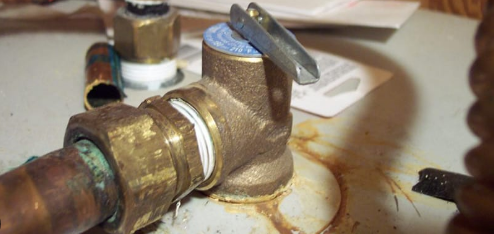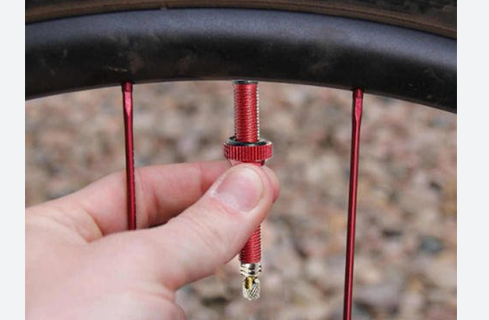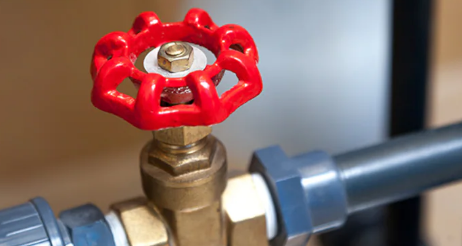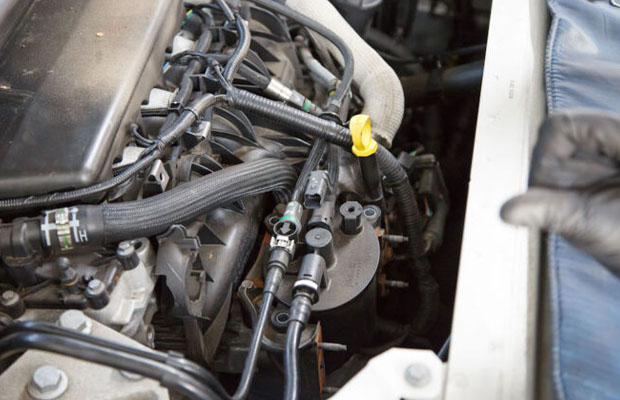
Your vehicle’s health depends on every component of the engine in some way. One worn-out or damaged component left unrepaired could result in larger, more expensive repairs. While you might be familiar with gaskets and pistons, you should also be aware of the following component of your engine: your PCV valve.
PCV stands for Positive Crankcase Ventilation. The PCV valve is a one-way valve attached to the crankcase. Waste gases cannot enter the crankcase but can exit through the valve.
Read on to discover more about PVC valves and when to replace them.
Table of Contents
What Is A PCV Valve?
“Positive crankcase ventilation is referred to as PCV.” The crankcase is where the one-way valve is attached. At the base of the engine, you’ll find the crankcase of your car, which stores the oil. As the fuel in your engine is burned, gases are produced. Prior to the invention of emission controls, vehicles typically released crankcase gases through their exhaust systems.
However, on occasion, these gases manage to squeak into the crankcase from between the pistons of your engine. This may result in the gases combining with the motor oil to form corrosive, engine-clogging sludge. Additionally, by polluting the atmosphere, the gases that exit through the exhaust system harm the environment.
The PCV valve was developed to protect the environment from toxic gases and to prevent oil sludge from clogging up vehicle engines.
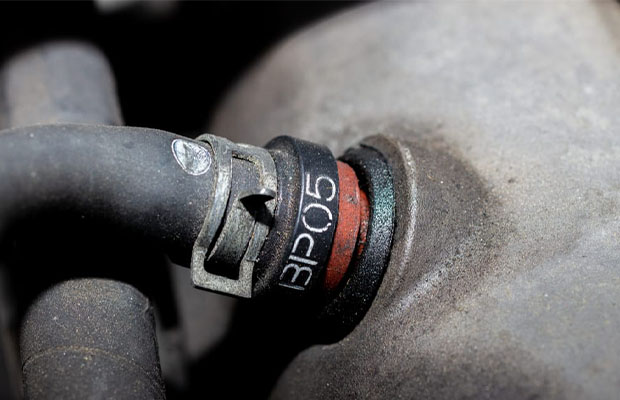
What Functions Does A PCV Valve Serve?
The main function of a PCV valve is to regulate emissions; it does this by rerouting crankcase gases back into the combustion chambers of your engine, where they can be safely burned without endangering your car or the environment.
Through the PCV valve, gases can leave the crankcase but cannot enter it again. By doing this, oil sludge that can harm engines doesn’t form in the crankcase. Additionally, by aiding the crankcase and piston rings in increasing the chamber’s compression, a properly maintained PCV valve can help your engine produce a little bit more power.
PCV Valve Replacement
The PCV system is rarely listed as a maintenance item, but an old valve that isn’t working properly can affect emissions and performance. The core of most PCV systems—which, in some newer vehicles, does not exist—is a PCV valve that is designed to control the flow of these gases. The PCV valve prevents air and fuel from the crankcase from escaping into the atmosphere by directing them back through the intake manifold to the cylinders. A rough idle, sluggish acceleration or increased oil consumption may occur if the valve doesn’t open and close on schedule or if any part of the system becomes clogged. Spark plug issues are a common source of rough idling, so issues with the PCV valve are frequently misdiagnosed. Replacement of the PCV valve could solve the issues mentioned above if your PCV valve is faulty.
Remember: Test Your PCV Valve
At the end of a hose or tube, the PCV valve is typically mounted in a grommet on a valve cover. Remove the PCV valve from the hose or tube and shake it to see if it is working. It’s probably in good working order if you can hear a metallic rattling sound. It is likely that the valve is no longer opening and closing as it should if you shake it and don’t hear anything. The valve might need to be replaced or it might just need a good cleaning to get it working again.
Whether an engine has a PCV valve or not, a hose or tube in the PCV system may clog from accumulated sludge or a vacuum hose may leak, so it pays to inspect the entire system, clean it as necessary, and test the valve for airflow. Hoses might occasionally also require replacement.
Pressure builds when the crankcase vapors aren’t allowed to flow into the combustion chambers, which can happen when a hose is clogged, a PCV system is malfunctioning, or a valve isn’t working. Oil may be forced past gaskets and seals by that added pressure. The engine will receive too much air if the valve is stuck open or there is a leak in the system, which will affect the air-fuel ratio and probably turn on the check engine light.
Most cars don’t have a PCV system maintenance schedule, but it should be checked occasionally to make sure it’s still functioning properly, especially if engine performance has declined. Fortunately, testing and replacing this valve are not too difficult. Installing a new valve could make your car run much more smoothly, whether you decide to do it yourself or prefer to hire someone to do it professionally.
When To Replace My PCV Valve?
There is no set time period for replacing your PCV valve, in contrast to changing your battery or oil. You do not need to replace it as long as it is working properly. However, over time, oil residue left by the gases passing through your PCV valve can clog it up. Watch out for the following signs of a harmed PCV valve:
- Blown out seals or gaskets
- Sludge around your engine
- Noticeable oil leaks
- Your check engine light is on
- Whistling noises coming from the engine
You must take your PCV valve out of the engine and shake it in order to directly inspect its condition. It is typically found in your engine attached to a valve cover at the end of a hose or tube. When you shake your PCV valve and hear the metallic rattling sound it makes when opening and closing, the valve is probably functioning properly. If it doesn’t make a sound, gas deposits may have gummed up the opening and sealed it shut.

